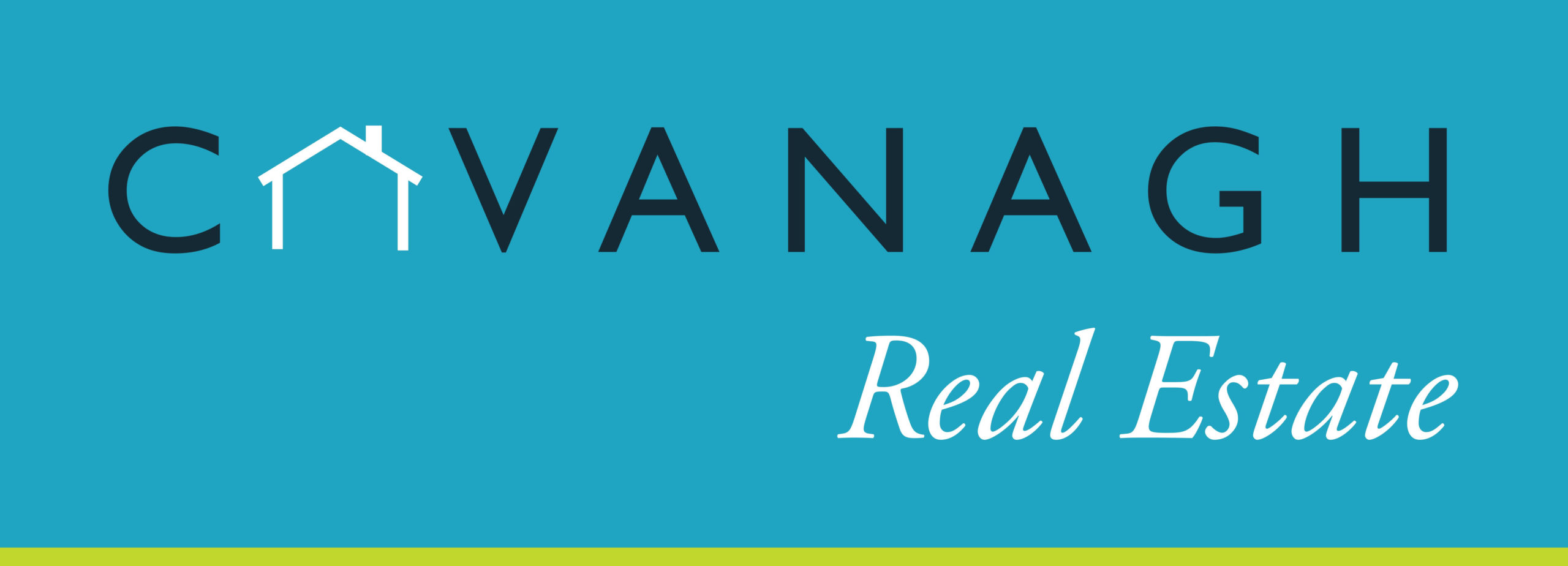In 2010 a voluminous piece of legislation almost 2,300 pages in length was signed into law. The new financial legislation is known as the Dodd-Frank Wall Street Reform and Consumer Protection Act.
The Dodd-Frank legislation was enacted with the intention of addressing problems in the mortgage and lending arenas that led to the 2008 U.S. housing and financial crisis.
Many of these new requirements have already gone into effect, and in January 2014 the latest rules and guidance will be implemented.
The new Consumer Financial Protection Bureau (CFPB) was created to enforce the new rules which include:
Qualified Mortgage
The CFPB’s Qualified Mortgage (QM) rules go into effect in January. Essentially, these rules require lenders to prove borrowers’ ability to repay a loan by meeting several guidelines, including a maximum debt-to-income ratio of 43 percent. While many lenders already limit borrowers to a similar maximum debt-to-income ratio, the new rules won’t allow for any compensating circumstances such as significant cash reserves or a large down payment to be considered in order to offset a higher debt ratio.
Self-Employed Borrowers
Self employed borrowers will be the subject of additional scrutiny under QM rules. These borrowers already find it more difficult to obtain a mortgage because they must prove their income based on tax returns and profit-and-loss statements, rather than standard paystubs and W2 forms. The “ability-to-repay” feature of QM rules requires all borrowers to prove they have the cash flow to make payments on their mortgage. Self-employed borrowers often have fluctuating income and rely on cash reserves to pay bills in-between payments, but the emphasis on cash flow can make it harder for lenders to approve a loan even for someone with significant funds in the bank.
The 3 Percent Rule
The new QM requirements also limit fees for originating a loan to no more than 3 percent of the loan amount. When financing a more costly home, such as a $400,000 home or more, the lender can easily keep fees under 3 percent, which in this case would be $12,000. However, if you’re refinancing a smaller loan balance or purchasing a less expensive home – for example, for $80,000 – the lender might find it more difficult to keep all fees under $2,400. Mortgage lenders will be less likely to offer loans for smaller amounts since their profit margins may be too thin.
Potential Lower Loan Limits
The Federal Housing Finance Agency, which regulates Fannie Mae and Freddie Mac, announced in October that plans to reduce the maximum loan limits for conventional conforming loans will be delayed until later in 2014. Typically, loan limits are adjusted on Jan. 1 of each year, but the agency decided to wait to see the impact of the introduction of QM rules before making changes. Currently, the limits are $417,000 in most housing markets and rise to $625,500 in high cost areas.
Ability To Repay
The Ability-to-Repay rule requires that specific financial documents be provided and verified. Under these new rules, for most consumers, the mortgage underwriting process will feel more rigid and require more documentation.
Wallingford PA Real Estate – Wallingford, PA 19086


